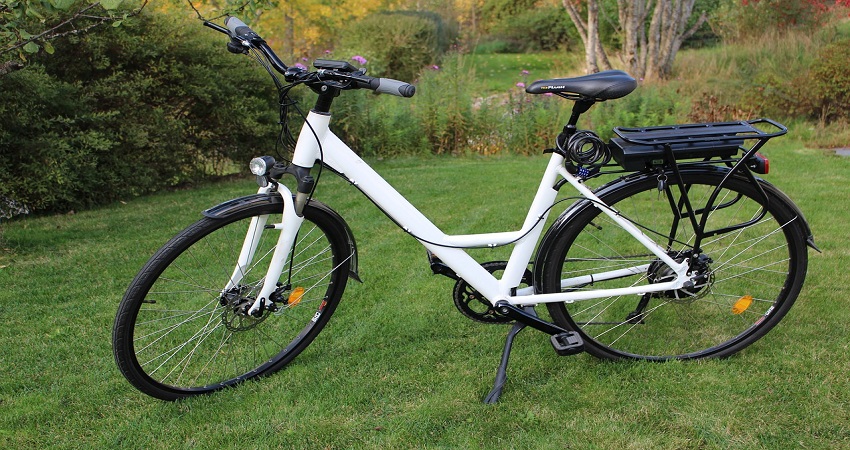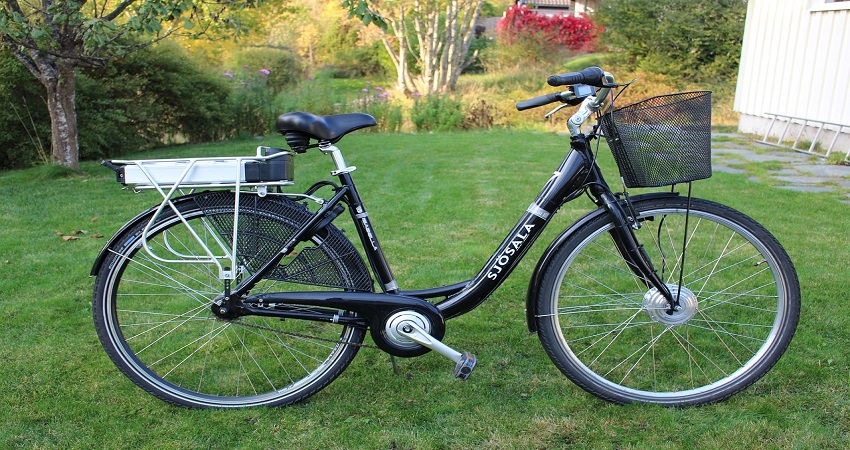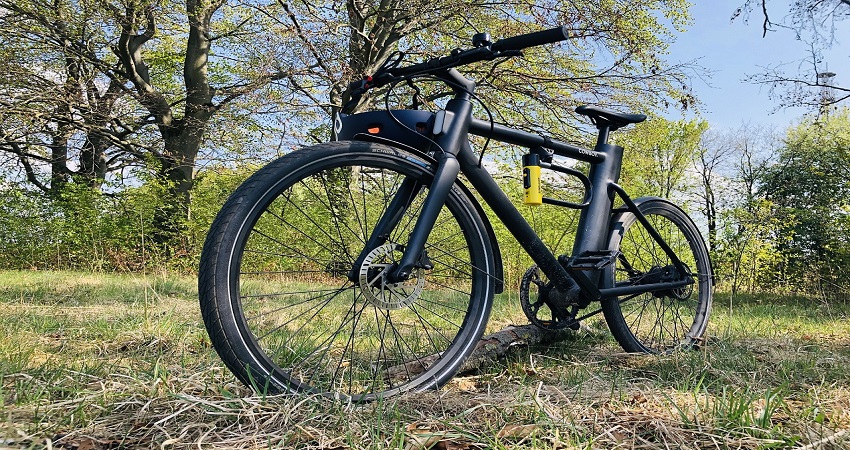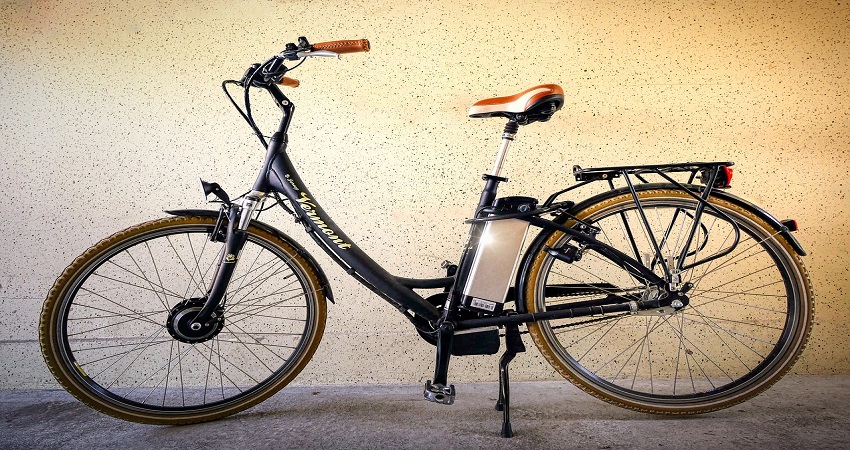Electric bikes have an electric motor, allowing riders to cover longer distances and handle steep grades with less fatigue compared to normal bikes. Additionally, electric bikes have controllers, a battery, and a motor, while normal bikes do not.
The main difference lies in the propulsion system, where electric bikes use electric power, while normal bikes rely solely on human pedaling. When it comes to transportation, choosing between a normal bike and an electric bike can make a substantial difference in your daily commute.
While traditional bikes rely solely on human power to push the pedals, electric bikes come with an added electric motor that provides assistance, making it easier to cover longer distances without expending excessive energy.
Understanding the differences between these two types of bikes is essential for making an informed decision and choosing the most suitable option based on your needs and lifestyle. Let’s delve into the nuances of each type and explore their distinctive features and benefits.
Key Differences
When comparing normal bikes to electric bikes, several key differences emerge that separate the two modes of transportation. Understanding these disparities can help you decide which type of bike best fits your needs.
Electric Bikes Overview
Electric bikes, often known as e-bikes, come equipped with a motor that provides assistance while pedaling, allowing riders to cover greater distances with reduced physical exertion. These bikes are powered by a rechargeable battery, which can be charged using a standard electrical outlet.
Normal Bikes Overview
Normal bikes, also referred to as traditional bicycles, rely solely on physical exertion for propulsion. Riders must rely on their pedaling power to move the bike forward, without the assistance of a motor or battery.
Performance And Speed
Electric bikes offer a significant difference in performance and speed compared to normal bikes. With the assistance of an electric motor, electric bikes allow riders to cover longer distances and tackle uphill climbs with less fatigue, making them a great option for those seeking enhanced performance.
Speed Comparison
When it comes to performance and speed, there are significant differences between normal bikes and electric bikes. Electric bikes, also known as e-bikes, are equipped with a motor that provides assistance to the rider, allowing for faster speeds and smoother rides.
- Speed: Electric bikes are capable of reaching speeds of up to 20 mph or more, depending on the model and type of e-bike. On the other hand, normal bikes rely solely on the rider’s pedaling power, which can only reach speeds of around 10 to 15 mph on average.
- Assistance Levels: Electric bikes often come with different assistance levels that allow the rider to choose the amount of effort they want to exert. These levels range from low to high, with low assistance providing a slight boost to pedaling power, and high assistance offering a significant increase in speed and power.
Assistance Levels
E-bikes typically have several assistance levels that you can choose from, depending on your preference and the terrain you’re riding on. These levels are usually indicated on the e-bike’s display panel and can be adjusted with ease.
Here are the common assistance levels found in electric bikes:
- Low Assistance: This level provides a mild boost to your pedaling power, making it easier to tackle gentle inclines and ride with less effort. It’s ideal for leisurely rides or when you want to conserve battery power.
- Medium Assistance: With medium assistance, you’ll experience a more significant boost to your pedaling power. This level is suitable for moderately challenging terrains and allows you to maintain a steady and comfortable speed.
- High Assistance: The high assistance level gives you maximum power and speed, making it effortless to ascend steep hills and conquer challenging terrains. It’s perfect for those who want a thrilling and fast ride.
It’s important to note that the assistance levels vary between e-bike models and manufacturers. Some e-bikes may offer additional levels or customization options for a more personalized riding experience.
In conclusion, electric bikes offer enhanced performance and speed compared to normal bikes. With the assistance of a motor, e-bikes can reach higher speeds and provide a smoother riding experience.
The availability of different assistance levels allows riders to choose the level of support they need, making e-bikes suitable for various terrain types and rider preferences.
So, if you’re looking for a bike that offers both power and speed, an electric bike may be the perfect choice for you.
Cost And Maintenance
When considering a new bike purchase, it’s crucial to weigh the cost and maintenance elements, as they can greatly impact your overall biking experience. Let’s delve into the differences in these aspects between normal bikes and electric bikes.
Initial Cost
When it comes to the initial cost, electric bikes tend to be more expensive than normal bikes. This is primarily due to the additional components such as the battery, motor, and controller required for electric bikes, contributing to their higher price point.
On the other hand, conventional bikes do not have these extra electrical components, making them more budget-friendly for the initial purchase.
Ongoing Maintenance
In terms of ongoing maintenance, electric bikes may require more attention and costs compared to normal bikes. The electric components of e-bikes, such as the battery and motor, need regular checks and maintenance to ensure optimal performance.
Additionally, if these components malfunction, they can be expensive to repair or replace. Conversely, traditional bikes have simpler mechanics and typically incur lower maintenance costs, making them more economical in the long run.
Environment And Sustainability
When it comes to choosing a mode of transportation, the impact on the environment and promoting sustainability are essential factors to consider. In this section, we will explore the key differences between normal bikes and electric bikes in terms of emissions and battery impact.
Emissions
Normal bikes, also known as conventional bicycles, run solely on human power, emitting zero emissions. They are entirely eco-friendly and contribute to a cleaner environment. These bikes have no reliance on non-renewable resources and do not produce greenhouse gases, making them a sustainable option for transportation.
On the other hand, electric bikes, or e-bikes, utilize a battery-powered motor to assist with propulsion. While their environmental impact is significantly lower compared to traditional motorized vehicles, they do contribute to emissions.
The extent of these emissions depends on the source of electricity used to charge the e-bike. If the electricity is generated from renewable sources such as solar or wind, e-bikes can still be considered a greener alternative.
Battery Impact
The batteries used in electric bikes bring about another consideration in terms of sustainability. These batteries contain various materials such as lithium, cobalt, and nickel, which require mining and extraction processes. These processes can have negative effects on the environment, including habitat destruction and pollution.
However, it is important to note that the longevity of e-bike batteries has improved over time, resulting in a reduced need for replacement.
Additionally, many manufacturers and organizations are implementing recycling programs to minimize the negative impact of battery disposal.
When considering the overall sustainability of electric bikes, it is crucial to assess the entire life cycle of the product, including production, usage, and disposal.
While the initial production of e-bikes may have a higher environmental impact compared to regular bikes, advancements in technology and responsible manufacturing practices are working towards reducing this impact.
Physical Impact
Electric bikes differ from regular bikes by offering motorized assistance, allowing riders to cover longer distances and tackle steep grades with less fatigue. Unlike normal bikes, electric bikes have controllers, a battery, and a motor. This makes electric bikes a convenient and efficient choice for those seeking an alternative mode of transportation.
Exercise Benefits
Electric bikes provide assistive power, allowing riders to cover longer distances with less fatigue compared to traditional bikes.
- Many electric bike riders engage in longer rides due to reduced exertion.
- The assistive feature makes uphill climbs more manageable, increasing the overall riding distance.
Fatigue Reduction
Electric bikes help reduce physical strain, particularly on inclines and longer rides.
- Riders experience less fatigue during extended journeys due to the motorized assistance.
- Uphill riding becomes more accessible, reducing exhaustion levels after a ride.
Practicality And Convenience
When comparing normal bikes and electric bikes, practicality and convenience play a vital role in determining the most suitable option for your needs. Below, we delve into the key factors that differentiate the two in terms of practicality and convenience.
Commute Considerations
Electric bikes provide a convenient commuting option, especially for those with longer distances or challenging terrains. The assistance from the electric motor allows for easier navigation of hills and reduces fatigue, making it a practical choice for daily commutes.
Storage And Transport
Normal bikes are usually easier to store and transport due to their lightweight and compact nature. Electric bikes, with their added weight from the battery and motor, may require more effort for storage and transportation, such as the need for sturdy bike racks or additional space.
Frequently Asked Questions
Is An Electric Bike Better Than A Regular Bike?
An electric bike offers assistance for longer distances and steep inclines, reducing fatigue compared to regular bikes.
What Is The Difference Between A Bicycle And An E-bike?
A bicycle has pedals, while an e-bike has a motor, controller, and battery, providing electric assistance.
What Are The Disadvantages Of Electric Bikes?
Disadvantages of electric bikes include higher cost, shorter battery lifespan, long charge time, limited charging infrastructure, shorter riding range, and heavier weight.
Do You Still Have To Pedal An Electric Bike?
Yes, you have the option to pedal an electric bike, but some models are pedal assist, meaning you have to pedal for the motor to kick in. Full-throttle operation is also available on certain e-bikes where you don’t need to pedal at all.
Conclusion
Electric bikes offer assistance for longer distances and easier uphill climbs, while traditional bikes rely solely on human power. The key distinction is the motor aspect in electric bikes, providing added convenience and less fatigue during rides. Consider your needs and preferences when choosing between the two bike types.





